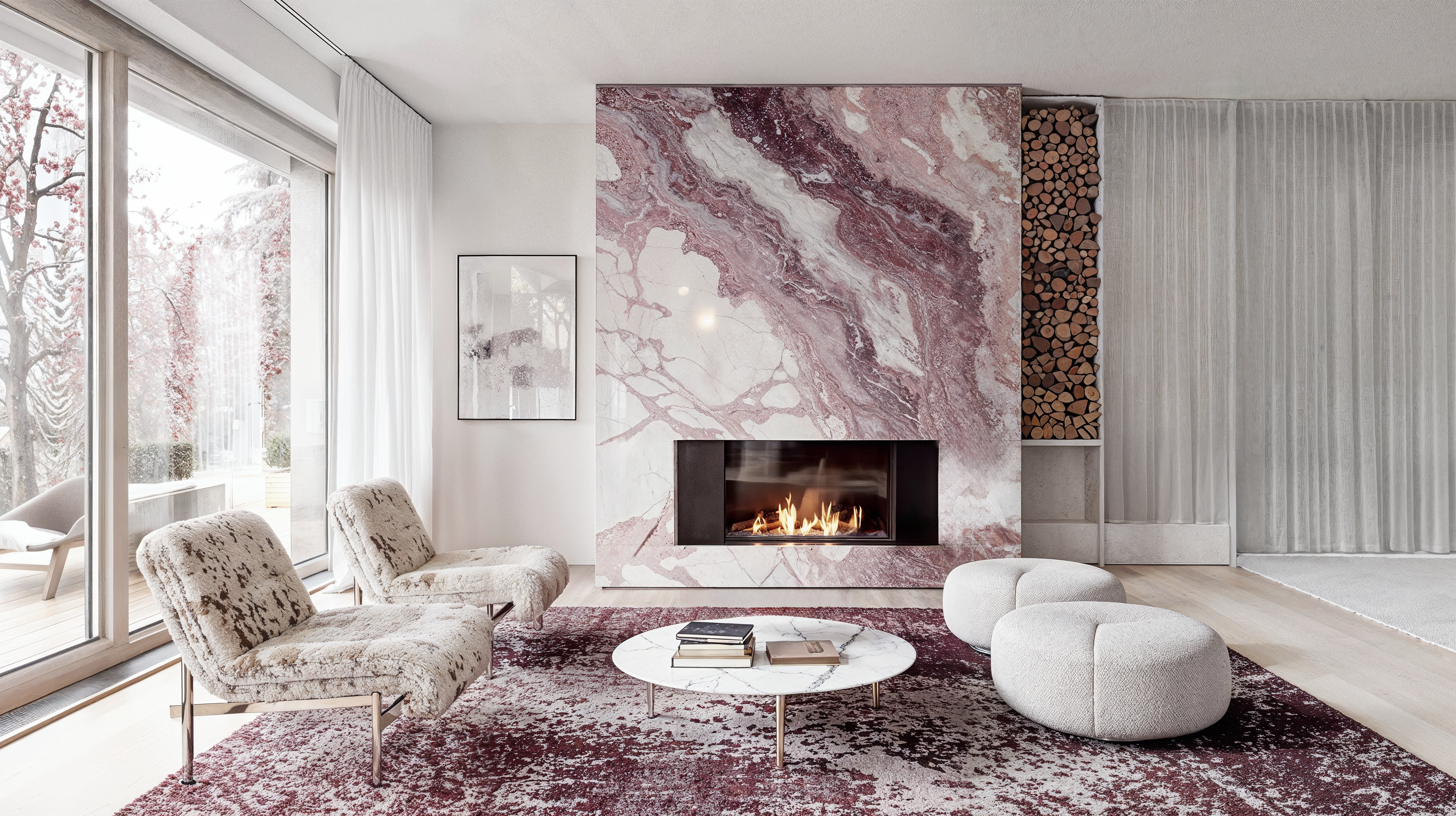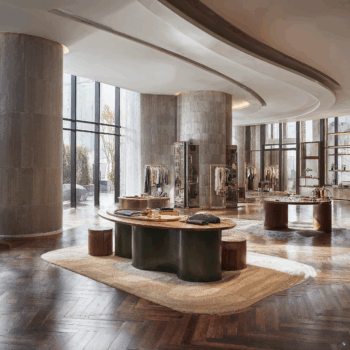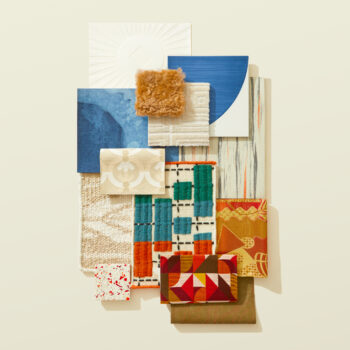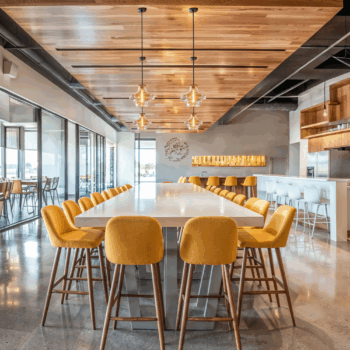
Texture plays a vital role in creating sensory experiences that influence our emotional connection to a space. In design, tactile elements such as materials, fabrics, and surfaces can elicit responses that go beyond visual appeal, impacting how comfortable, energized, or relaxed we feel within an environment.
Each material brings its own characteristics to a room, allowing designers to craft unique atmospheres. For instance, warm, grain-rich wood can add warmth and a grounding sense of nature to any interior. It’s a texture that conveys strength and familiarity, inviting people to linger and feel more connected to the space. Similarly, soft velvet offers a rich, inviting feel and works beautifully to create a cozy, luxurious atmosphere. This fabric is often used in seating or accent pieces, where it can encourage a sense of relaxation and indulgence while also adding a subtle visual depth through its soft sheen and texture.
In contrast, materials like cool stone can introduce an element of calm and stability. Often found in kitchens and bathrooms, stone surfaces such as marble or granite have a natural appeal that feels clean and timeless. They convey a sense of coolness, both visually and to the touch, creating a balanced counterpoint to softer, warmer textures.
Tactile design elements can also play a key role in creating functional spaces that support wellness and productivity. Soft, sound-absorbing materials, for example, can help reduce noise, contributing to a peaceful environment that supports focus or relaxation, depending on the intended purpose of the room. Textured wallcoverings, rugs, or furniture can soften acoustics and make a space more comfortable for everyday use.
Our collection showcases an array of these textural elements, curated to influence the senses and transform interiors. Through a selection of varied, palpable materials, designers can create immersive spaces that feel as good as they look, offering clients an experience that engages the senses and speaks to the emotional side of design. Explore this collection to discover the power of texture in crafting interiors that make a lasting, sensory impact.
Learn more about sensory design in our article on Modern Auditorium Design.







